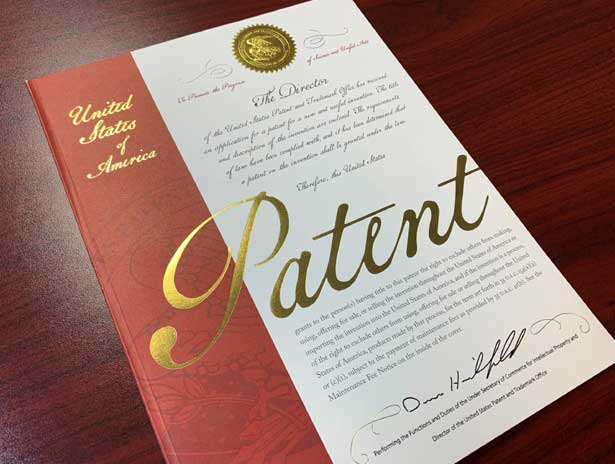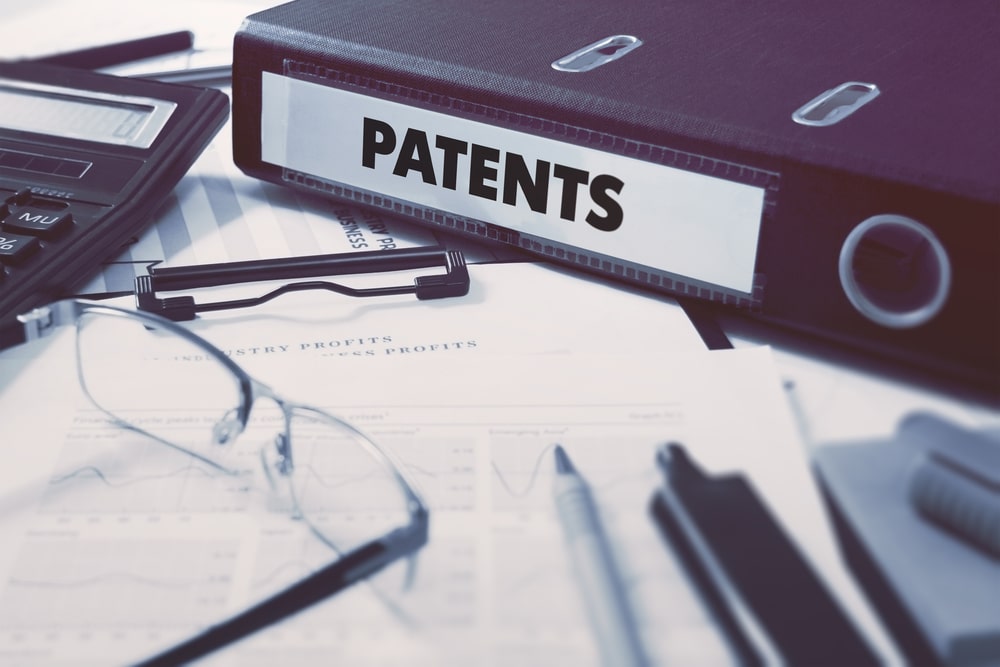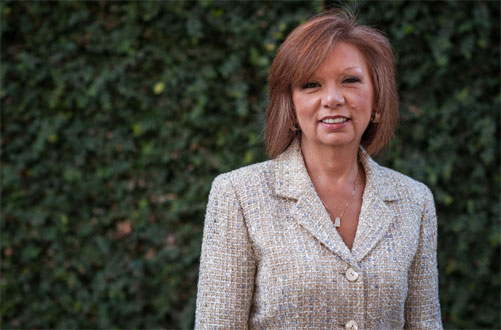
There are different kinds of patent protection under US patent law. Typically, when one thinks about "patentable subject matter", they are thinking about an invention. Patents that cover an invention (e.g., a new device, method, composition of matter, etc.) are utility patents. There are several patentability requirements for utility patents. An invention is evaluated by the US Patent and Trademark Office under the following four statutory categories: patent eligible subject matter (the right kind of thing), novelty (it must not have been done/made before), nonobviousness (minimal changes to existing technology are not enough), and clarity and enablement (the invention must be functional and properly described). The invention must meet each of these requirements to qualify for a patent. This article provides an explanation of what qualifies as patent eligible subject matter - the kind of thing that can be patented.
Subject matter eligibility under U.S. patent law requires an invention to meet specific criteria set forth in 35 U.S.C. § 101. This statute outlines four categories of patentable subject matter: processes (methods - series of steps or acts), machines, manufactures, compositions of matter, or a new and useful improvement thereof.
An eligible method invention involves a series of steps or actions to achieve a specific result. For example, consider a novel method for manufacturing a semiconductor device. The claimed method might involve a series of steps such as depositing layers of materials, patterning them using photolithography, and etching to create microstructures. This claimed method would fall under the process category and could be eligible for a process patent if it meets other criteria, such as novelty and non-obviousness. Here are some further examples of new and useful process subject matter:
Machines are tangible devices or apparatuses designed to perform specific functions. For instance, an innovative robotic arm used in manufacturing that includes new and useful improvements over existing technology can be patented. This robotic arm might integrate advanced sensors, AI algorithms for precision, and energy-efficient motors, making it a valuable invention in the field of automation.
A more familiar example is the computer. Patents on computer hardware innovations, such as faster processors, more efficient cooling systems, or improved data storage solutions, fall under the machine category. These innovations must be concrete and specific, avoiding abstraction to meet the criteria for patent eligibility. Here are some further examples of appropriate subject matter under the machine category:
The manufacture category includes items that are made or produced, often through industrial processes. For example, a new type of biodegradable plastic, created by synthesizing polymers from renewable resources, could be patented. This new material, which decomposes more quickly than conventional plastics, addresses environmental concerns and represents a significant advancement in materials science. Here are some further examples of appropriate subject matter under the manufacture category:
This category includes chemical compositions and compounds. Pharmaceuticals are a prime example. A new drug that effectively treats a disease with fewer side effects represents a patentable composition of matter. The patent application would cover the specific chemical structure of the drug, which is proper subject matter under section 101.
Improvements on existing technologies form a significant category of patentable subject matter, often leading to incremental but valuable advancements in various fields. According to the Patent Act, any new and useful improvement of a process, machine, manufacture, or composition of matter can be patented. The essence of this category lies in enhancing the functionality, efficiency, or utility of existing inventions, making them more effective or adaptable. Here are some examples:
Patentable improvements drive technological progress by building on existing inventions. These new and useful enhancements not only offer practical benefits but also qualify for patent protection, encouraging continuous innovation and development across various industries.

While an invention must fall into a statutory category to be patent eligible, fitting into one of these categories alone does not guarantee patent subject matter eligibility. The Supreme Court has established an exclusionary principle that holds that a claimed invention that is directed to an abstract ideas, laws of nature, or a natural phenomena cannot be patented. These judicial exceptions are based on the concern that granting patents for "basic tools of scientific and technological work" would impede innovation, rather than promote it. Gottschalk v. Benson, 409 U.S. 63 (1972). This principle was reinforced by the Supreme Court in cases such as Alice Corp. v. CLS Bank Int’l and Mayo Collaborative Services v. Prometheus Laboratories, Inc., which established a two-part test for determining patent eligibility.
If the claim includes a judicial exception, it will likely be rejected by a patent examiner. However, if there is a novel, innovative concept within the claim, the inventive aspect may be sufficient to confer patent eligibility to the patent claim. The following is an example of a claimed invention that includes an natural phenomenon, but also includes an inventive concept that may overcome a judicial exception rejection under the natural phenomenon exclusion.
A claim for a method for diagnosing a disease may include obtaining a blood sample from a subject; determining the presence or absence of a biomarker in the blood sample by using a specific reagent that selectively binds to the biomarker; comparing the level of the biomarker in the blood sample to a predetermined threshold level; diagnosing the subject with the disease if the level of the biomarker is above the predetermined threshold level and the reagent is a novel engineered protein that improves the specificity and sensitivity of the biomarker detection. The claim involves a method of diagnosing a disease, which falls under the category of "laws of nature" or "natural phenomenon." This is because the correlation between the biomarker level and the disease is a natural phenomenon.
Despite involving a judicial exception, the claim includes a novel engineered protein. The inclusion of a novel engineered protein as a specific reagent that selectively binds to the biomarker is a concrete and inventive step. This protein improves the specificity and sensitivity of the biomarker detection compared to existing methods, thus adding man-made chemical that is significantly more than just the natural correlation. The novel engineered protein provides a technological improvement created by the scientific and technological work of man, which is a significant step beyond the abstract idea or natural law. The method claim satisfies as a whole demonstrates a practical application of the natural correlation in a way that provides improved diagnosis, a tangible and useful result.
The United States Patent and Trademark Office (USPTO) employs a meticulous approach when analyzing patentable subject matter, ensuring that each application meets statutory requirements before granting patent rights. A key aspect of this examination is claim interpretation, specifically under the broadest reasonable interpretation (BRI) standard. This method plays a crucial role in determining whether an invention encompasses subject matter eligible for patent protection.
When evaluating a patent application, the USPTO applies the broadest reasonable interpretation to the claims. This means that the claims are interpreted in their broadest form consistent with the specification as understood by someone skilled in the art. The purpose of this approach is to establish a clear boundary of what the patent covers, thus ensuring that the claims are not interpreted in an unduly broad or vague manner. This claim construction is essential in identifying claims that meet the criteria for patentability.
The BRI standard affects the evaluation process by ensuring that the claim interpretation affects the breadth and scope of the claimed invention. The examiner determines if the interpreted claim encompasses subject matter that falls into one of the statutory categories. The examiner also assesses whether the claim is directed to a patent ineligible concept such as an abstract idea, law of nature, or natural phenomenon.
To determine patentability, the examiner conducts the following detailed analysis of the claims:
When a claim is found to be patent ineligible, the examiner provides a detailed explanation, identifying the specific reasons for ineligibility. This includes discussing how the claim falls within a judicial exception and lacks additional elements that confer patentability. Applicants may then respond by amending claims or providing arguments to demonstrate eligibility. The USPTO’s approach to claim interpretation under the broadest reasonable interpretation standard is a cornerstone in the patent examination process. The goal of the BRI standard is clarity and precision in determining patentability, thereby maintaining a balanced system that fosters innovation while preventing overly broad or ambiguous claims. By carefully evaluating eligibility based on this standard, the USPTO ensures that only inventions meeting stringent criteria are awarded patent protection, thus upholding the integrity of the patent system.
The patent law encompasses a wide range of technologies across various statutory categories. Understanding subject matter eligibility is crucial for inventors and practitioners to navigate the complexities of the Patent Act. While judicially recognized exceptions like laws of nature, natural phenomena, and abstract ideas present challenges, the inclusion of inventive concepts and practical applications can transform these exceptions into patentable subject matter. By ensuring that a claim satisfies the criteria for patent eligibility, inventors can secure exclusive rights to their innovations, driving progress and benefiting society at large.
© 2024 Sierra IP Law, PC. The information provided herein does not constitute legal advice, but merely conveys general information that may be beneficial to the public, and should not be viewed as a substitute for legal consultation in a particular case.

"Mark and William are stellar in the capabilities, work ethic, character, knowledge, responsiveness, and quality of work. Hubby and I are incredibly grateful for them as they've done a phenomenal job working tirelessly over a time span of at least five years on a series of patents for hubby. Grateful that Fresno has such amazing patent attorneys! They're second to none and they never disappoint. Thank you, Mark, William, and your entire team!!"
Linda Guzman

Sierra IP Law, PC - Patents, Trademarks & Copyrights
FRESNO
7030 N. Fruit Ave.
Suite 110
Fresno, CA 93711
(559) 436-3800 | phone
BAKERSFIELD
1925 G. Street
Bakersfield, CA 93301
(661) 200-7724 | phone
SAN LUIS OBISPO
956 Walnut Street, 2nd Floor
San Luis Obispo, CA 93401
(805) 275-0943 | phone
SACRAMENTO
180 Promenade Circle, Suite 300
Sacramento, CA 95834
(916) 209-8525 | phone
MODESTO
1300 10th St., Suite F.
Modesto, CA 95345
(209) 286-0069 | phone
SANTA BARBARA
414 Olive Street
Santa Barbara, CA 93101
(805) 275-0943 | phone
SAN MATEO
1650 Borel Place, Suite 216
San Mateo, CA, CA 94402
(650) 398-1644. | phone
STOCKTON
110 N. San Joaquin St., 2nd Floor
Stockton, CA 95202
(209) 286-0069 | phone
PORTLAND
425 NW 10th Ave., Suite 200
Portland, OR 97209
(503) 343-9983 | phone
TACOMA
1201 Pacific Avenue, Suite 600
Tacoma, WA 98402
(253) 345-1545 | phone
KENNEWICK
1030 N Center Pkwy Suite N196
Kennewick, WA 99336
(509) 255-3442 | phone
2023 Sierra IP Law, PC - Patents, Trademarks & Copyrights - All Rights Reserved - Sitemap Privacy Lawyer Fresno, CA - Trademark Lawyer Modesto CA - Patent Lawyer Bakersfield, CA - Trademark Lawyer Bakersfield, CA - Patent Lawyer San Luis Obispo, CA - Trademark Lawyer San Luis Obispo, CA - Trademark Infringement Lawyer Tacoma WA - Internet Lawyer Bakersfield, CA - Trademark Lawyer Sacramento, CA - Patent Lawyer Sacramento, CA - Trademark Infringement Lawyer Sacrament CA - Patent Lawyer Tacoma WA - Intellectual Property Lawyer Tacoma WA - Trademark lawyer Tacoma WA - Portland Patent Attorney - Santa Barbara Patent Attorney - Santa Barbara Trademark Attorney